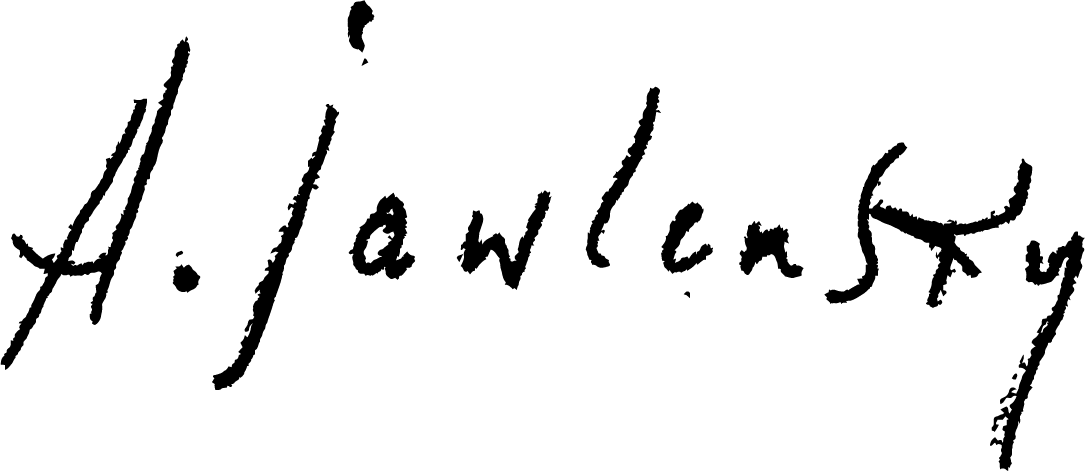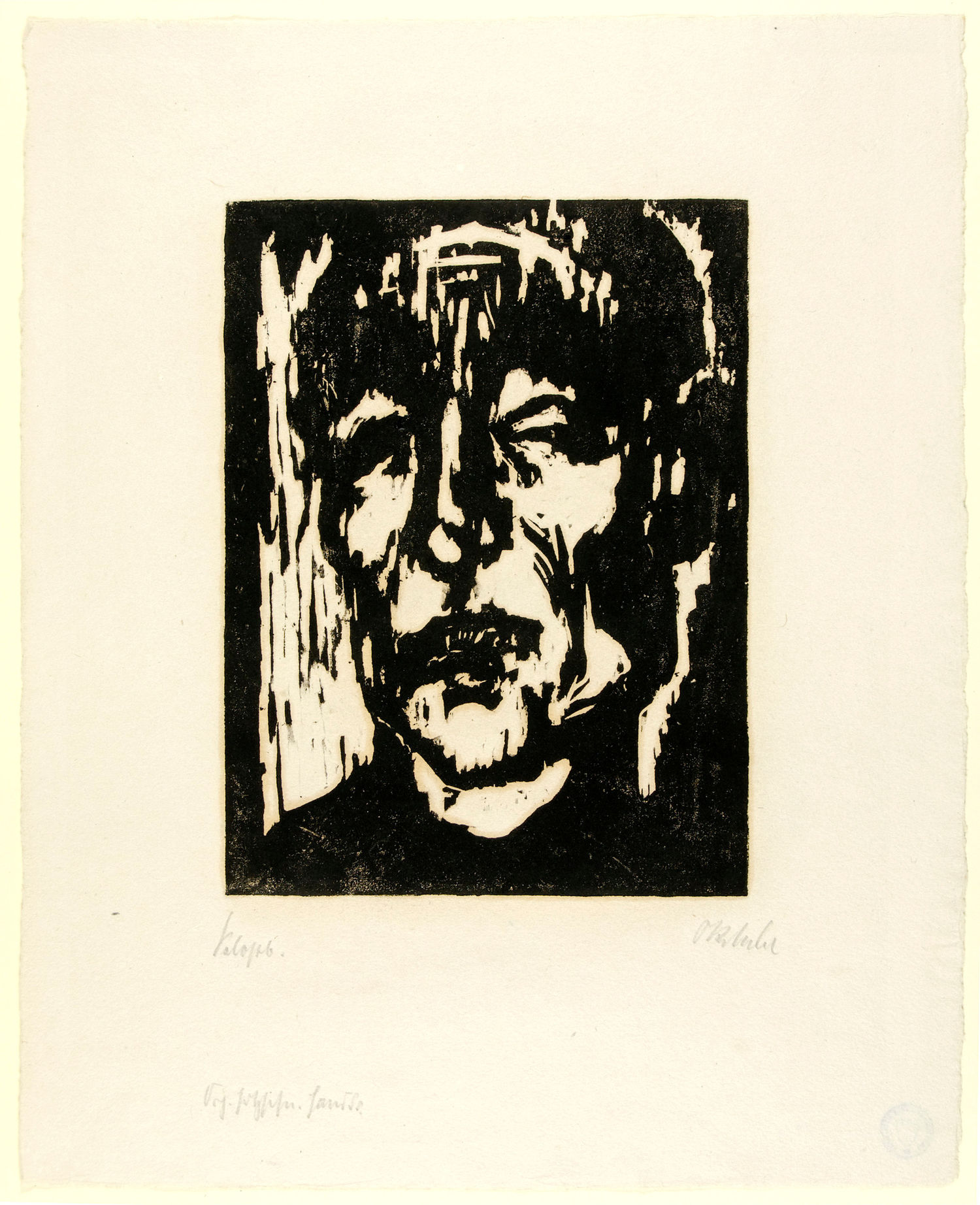
The Alexej von Jawlensky Prize is awarded every five years. First to be awarded the prize was American painter Agnes Martin in 1991, followed in 1996 by American painter Robert Mangold, selected by an international jury as the second recipient. The awards ceremony and exhibition at Museum Wiesbaden, however, were not held until 1998, due to ongoing renovations. In 2003, the prize went to the American painter Brice Marden, who accepted the award in 2004 at the opening of the exhibition Jawlensky — My Dearest Galka! The exhibition for Brice Marden took place in 2008. In 2007, the prize was awarded a fourth time to the artist Rebecca Horn, whose work has been shown at multiple documenta exhibitions. The award ceremony on 17 March 2007 marked the opening of not only the Horn exhibition associated with the prize but of her mirror installation Jupiter in the Octagon. In 2012, the American artist Ellsworth Kelly was awarded the Jawlensky Prize for his life’s work. The award for exceptional contribution to the fine arts was presented at the opening of the artist’s exhibition associated with the prize. In 2017, the prize went to the American sculptor Richard Serra for his outstanding work. The award ceremony took place at the opening of the exhibition Richard Serra — Props, Films, Early Works. In 2022, Frank Stella received the award for his consistently innovative work.



The association (external link) awarded the prize for the first time in 2001 to artist Gotthard Graubner for his abstract color paintings, like the Pillow Paintings (canvas stretched on wooden frame over cotton). In 2003, the prize was awarded to Ulrich Erben for his work with color constellations — color combinations and chromatic chords that define space, capture light, and slip into motion. Disrupted by renovations to Museum Wiesbaden, the next Ritschl Prize was awarded in 2009 to Kazuo Katase, the similarities of whose work to Ritschl’s extend far beyond the investigation of color and space. Both artists were interested in Far Eastern philosophy, the comparison of Eastern and Western thought, as well as with the philosophy of Kant, Nietzsche, and Heidegger. Internationally renowned artist Katharina Grosse, who lives in Berlin and teaches in Düsseldorf, was recipient of the prize in 2015 for her innovative use of color-space that has long exploded the boundaries of the picture frame. Grosse’s works focus on the use color in connection with surfaces, creating “walk-in” color-spaces and investigating the possibilities and limitations of the art of painting.
Museum Wiesbaden offers a variety of programs for all ages, from guided tours to workshops for preschools and schools, to teacher training and programs for students, private groups, or families with children.